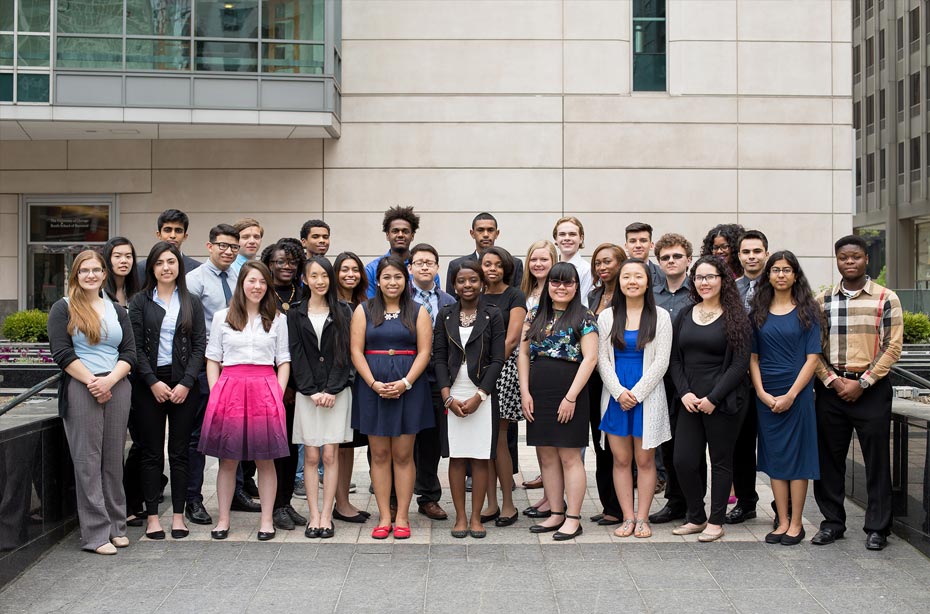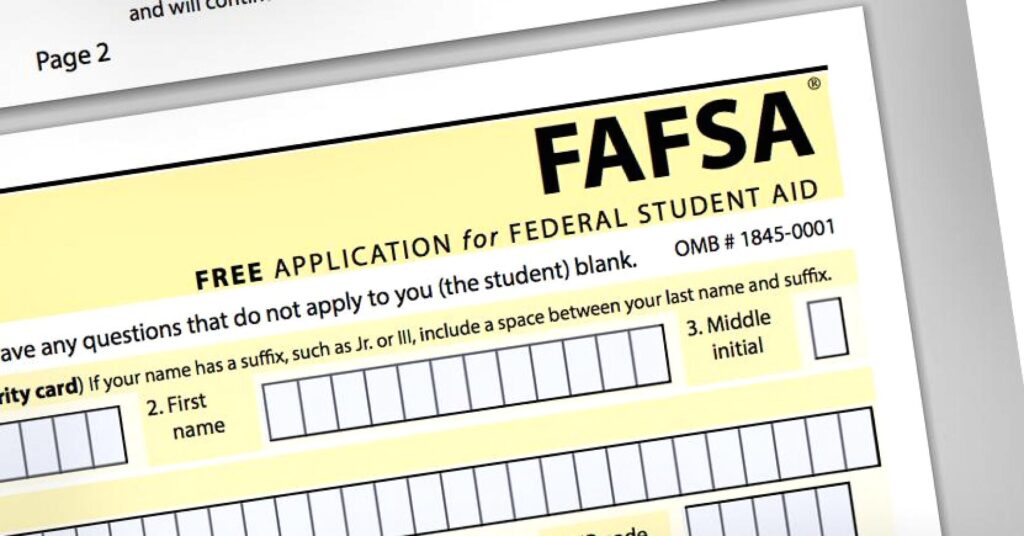The Foundation is excited to add Susie H. Turk and Patrick T. Murphy to our leadership. A scholar alumna and dedicated volunteer, Susie (University of Notre Dame, ’98) was nominated to the Foundation’s board of directors where she will continue to help drive our mission. Susie, a principal solution engineer for Salesforce, was presented with […]
Read More… from Pullman Foundation Welcomes Scholar Alumni to the Foundation’s Leadership


